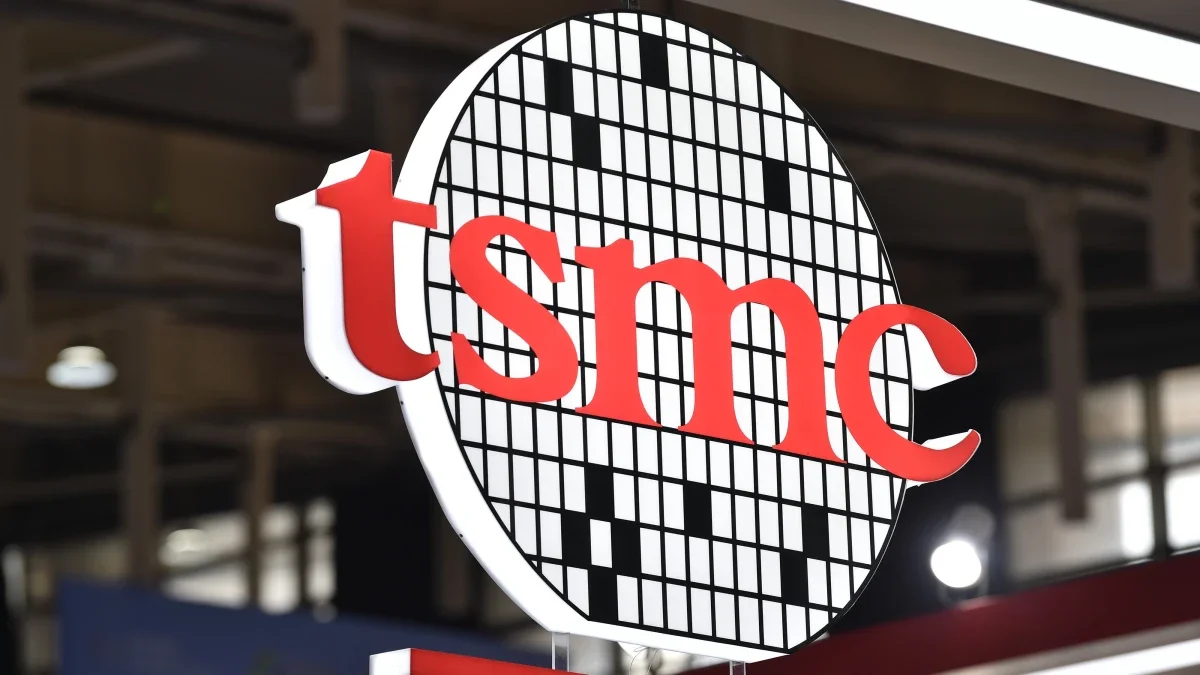Apple starts work on A19 Bionic SoC for the iPhone 17 Pro line

A phone collector with the user name @_orangera1n on X (via Wfcctech) has discovered that Apple is already working on the A19 Bionic SoC. This year, Apple will be the only major phone manufacturer to offer a phone (actually two, the iPhone 15 Pro and iPhone 15 Pro Max) powered by a chipset manufactured using the 3nm process node. That component is the A17 Bionic which is being built by TSMC. Apple reportedly reserved 90% of the foundry's 3nm production for this year and is also supposedly getting a sweetheart deal from TSMC.
Because TSMC makes quite a bit of money off of Apple's orders, the foundry is the one taking the risk by eating the cost of producing dies that don't make it through quality control. Typically it is the chip designer-in this case Apple-that would be on the hook for bad dies and the amount of money involved, even with a rumored 70% yield rate, could be in the billions.
The A19 Bionic could be the first iPhone chipset manufactured using a 2nm process node
The evidence that @_orangera1n shared on X is a list of CPU IDs and 0x8120 is the 4nm A16 Bionic which can be found powering the iPhone 14 Pro and iPhone 14 Pro Max. In about a month, the A16 Bionic will be found under the hoods of iPhone 15 and iPhone 15 Plus units. As we already pointed out, the iPhone 15 Pro and iPhone 15 Pro Max will be equipped with the A17 Bionic. That chipset is listed as 0x8130 on the list. 0x8140 and 0x8150 would be the A18 Bionic and A19 Bionic respectively.

This list of CPU ID numbers shows that Apple is working on the A19 Bionic for the iPhone 17 Pro series
With this year's A17 Bionic the first smartphone application processor (AP) to be made using the 3nm node, it means that its feature sizes are smaller, including transistor size. That, in theory, means more transistors inside each die which makes a chip more powerful and energy efficient. There are 16 billion transistors inside each A16 so we can expect a decent hike for the A17 Bionic.
As an example, the 7nm A13 Bionic used on 2019's iPhone 11 series contained 8.5 billion transistors. The A14 Bionic powering the iPhone 12 line, the first iPhone SoC made using a 5nm process node, featured 11.8 billion transistors. The number rose to 15 billion for the iPhone 13's 5nm A15 Bionic and at the risk of repeating ourselves, hit 16 billion with the iPhone 14 Pro series' A16 Bionic. The latter was made using an enhanced 5nm process that was dubbed 4nm.
Apple is also believed to be working on the M5 chip
The A19 Bionic, which should be found inside the iPhone 17 Pro and iPhone 17 Pro Max/Ultra, could be the first chip inside the iPhone to be produced using TSMC's 2nm process node which would also make it the first iPhone to use Gate-All-Around (GAA) transistors. These transistors allow the gate to contact the channel on all four sides which results in less current leakage, increased performance, and more energy efficiency.
It should be noted that @_orangera1n also mentions that Apple is working on the M5 chip which includes the M5 Pro, Max, and Ultra variants. For more information on CPU ID, check out this page from the Apple Wiki website.
Now that Apple is working on the A19 Bionic, perhaps it has nearly finished its work on the A18 Bionic SoC which should be found inside the iPhone 16 Pro and iPhone 16 Pro Max/Ultra. The A18 Bionic will probably be produced using TSMC's N3E process node which is expected to produce some cost savings for other phone manufacturers compared with the N3E node TSMC is using to build the A17 Bionic.
Apple used to use the latest A-series chip on all new iPhone models each year. It stopped doing this with the iPhone 14 as the non-Pro models kept the A15 Bionic and only the Pro units received the latest A-series silicon. This is expected to continue this year with the iPhone 15 and iPhone 15 Plus getting the hand-me-down A16 Bionic and the iPhone 15 Pro and iPhone 15 Pro Max powered by the brand new 3nm A17 Bionic.
Originally it was believed that a chip shortage was responsible for Apple's actions but as this behavior continues it would seem that the real goal is to give consumers another incentive to buy the more expensive Pro models.
Follow us on Google News













Things that are NOT allowed:
To help keep our community safe and free from spam, we apply temporary limits to newly created accounts: